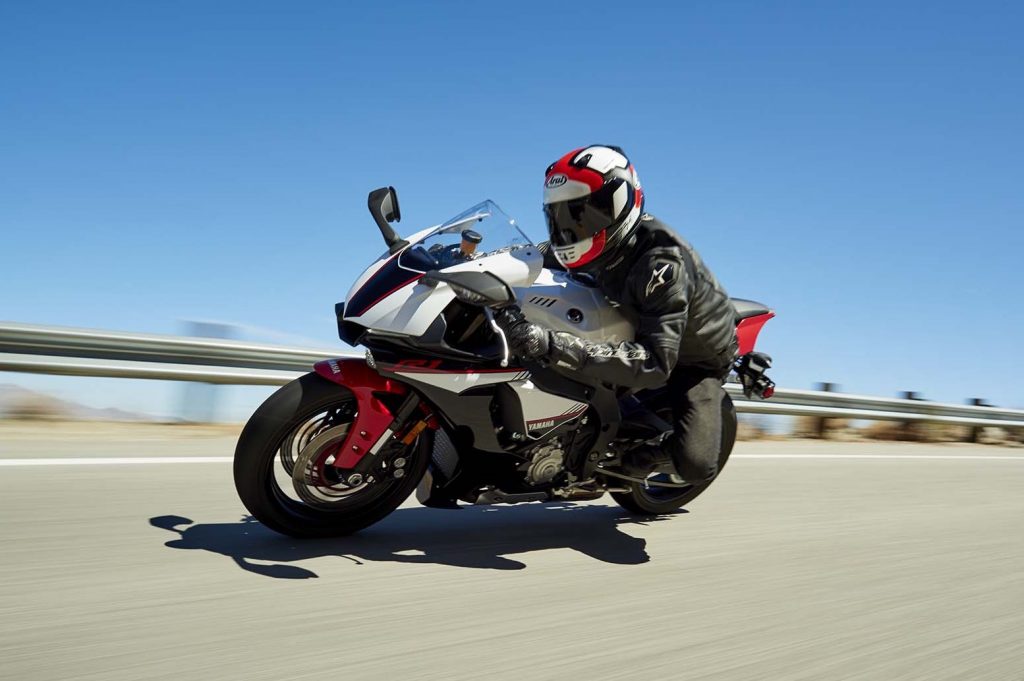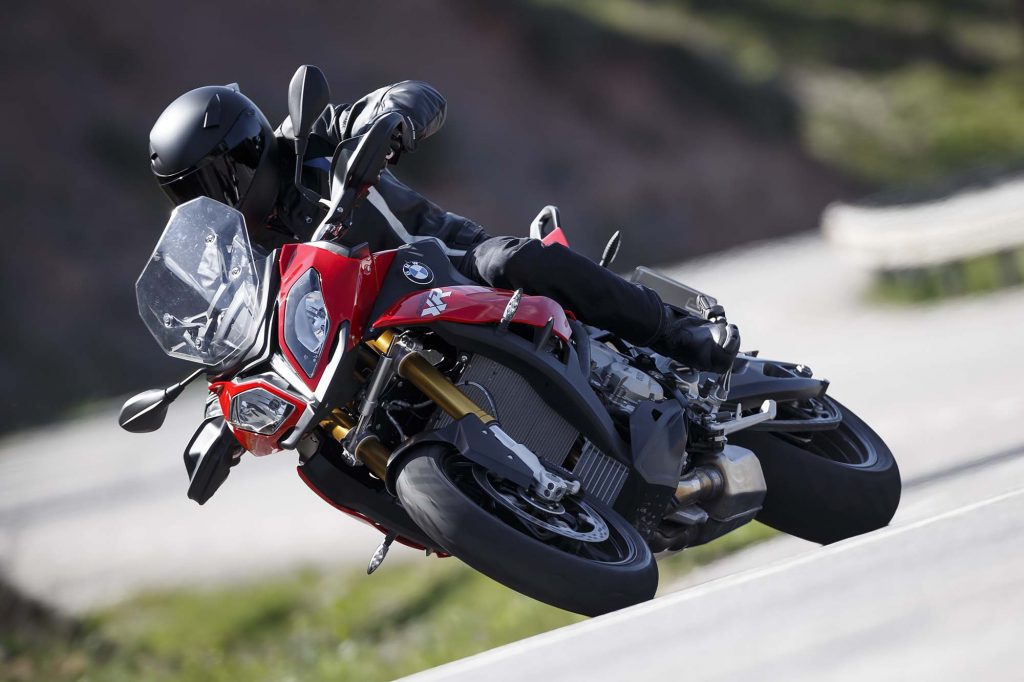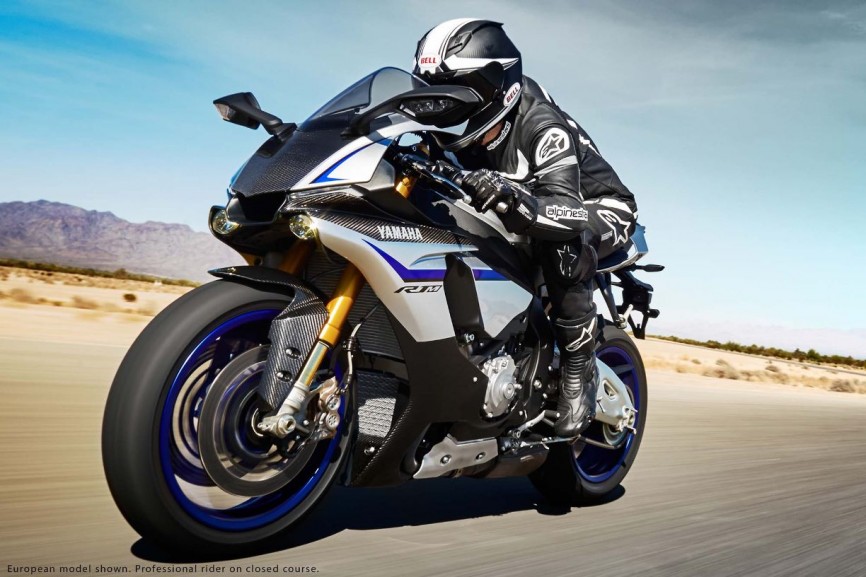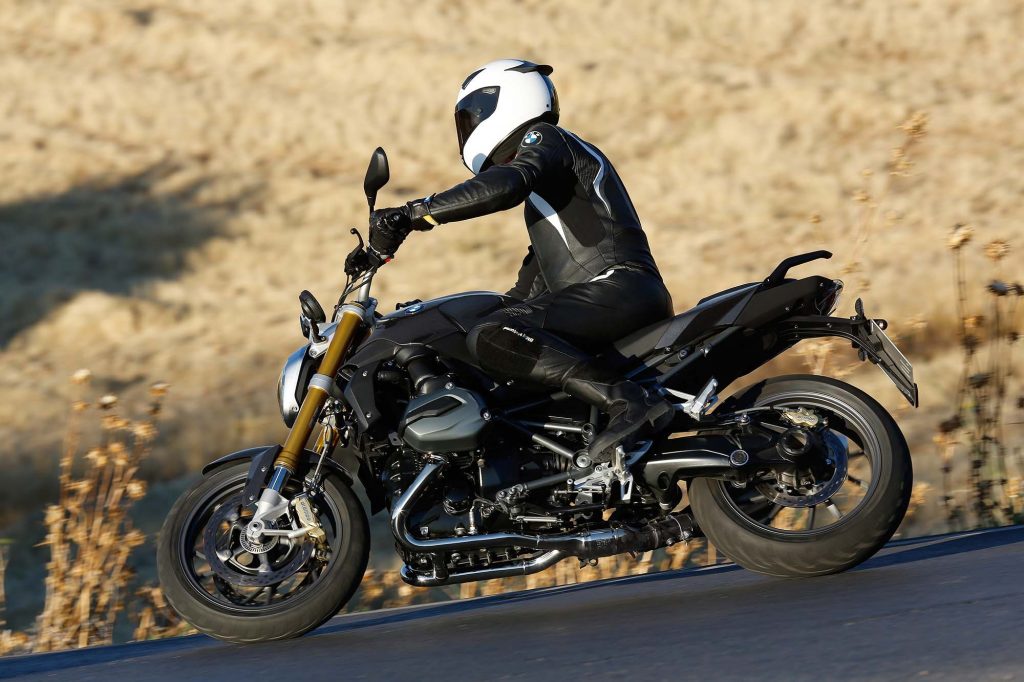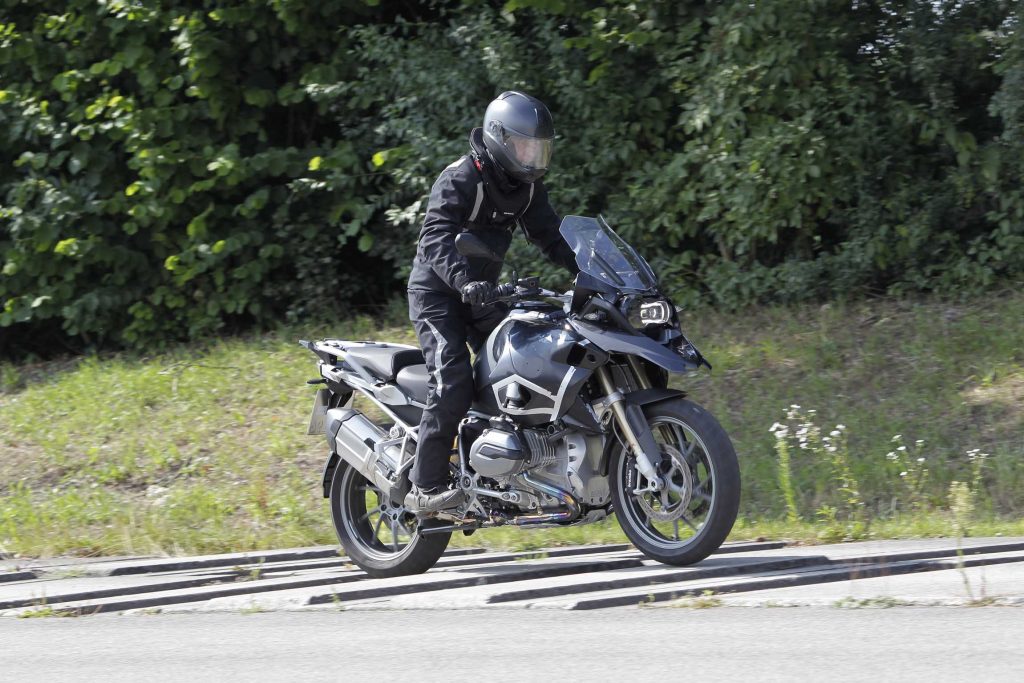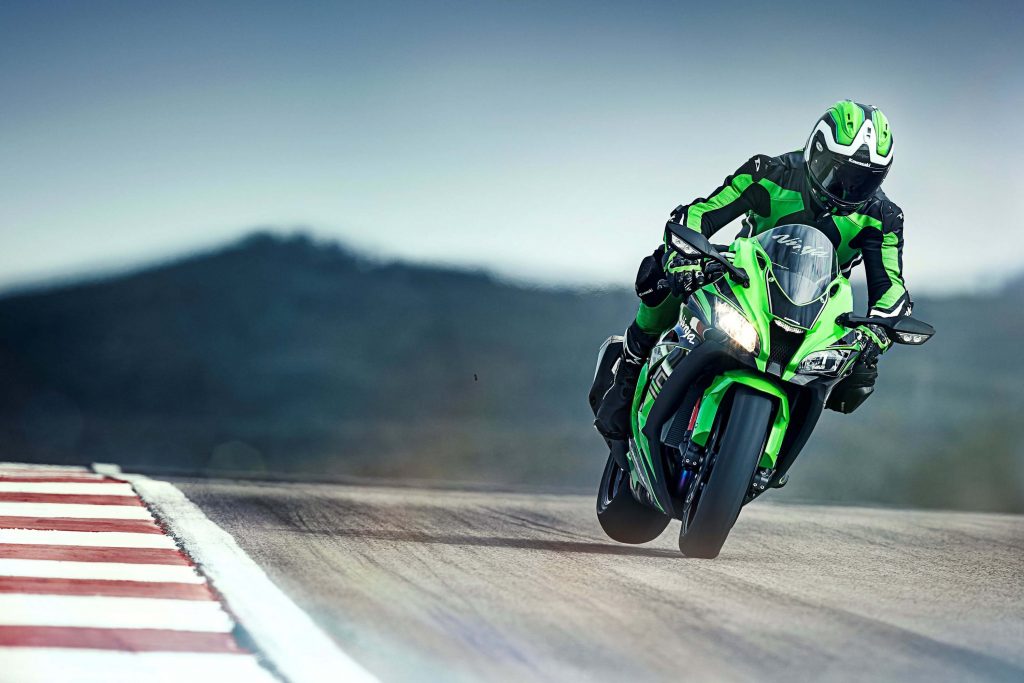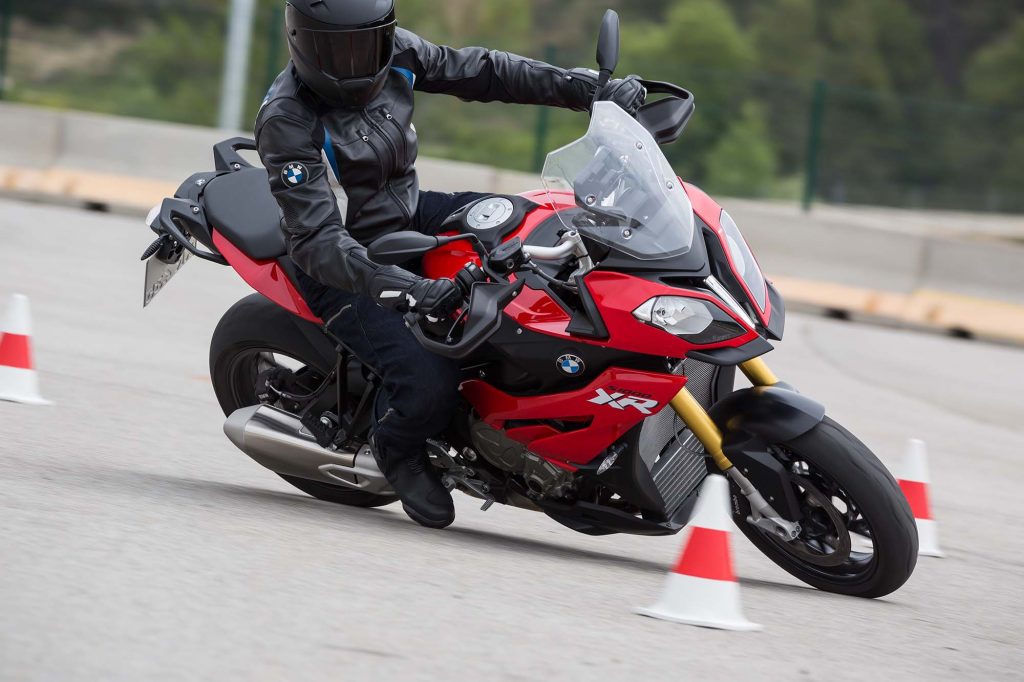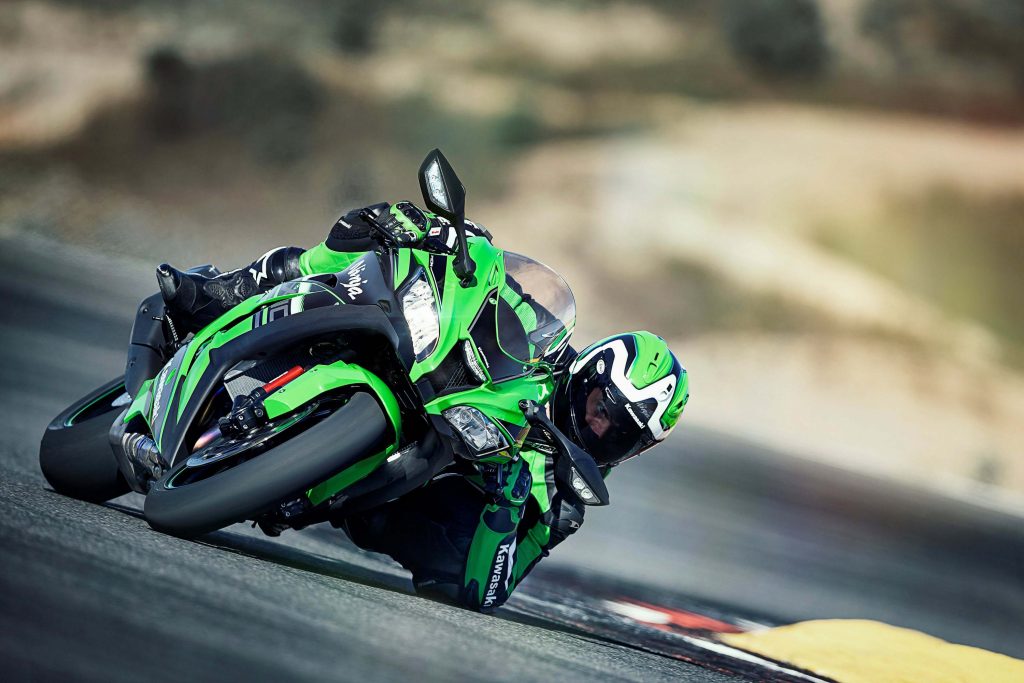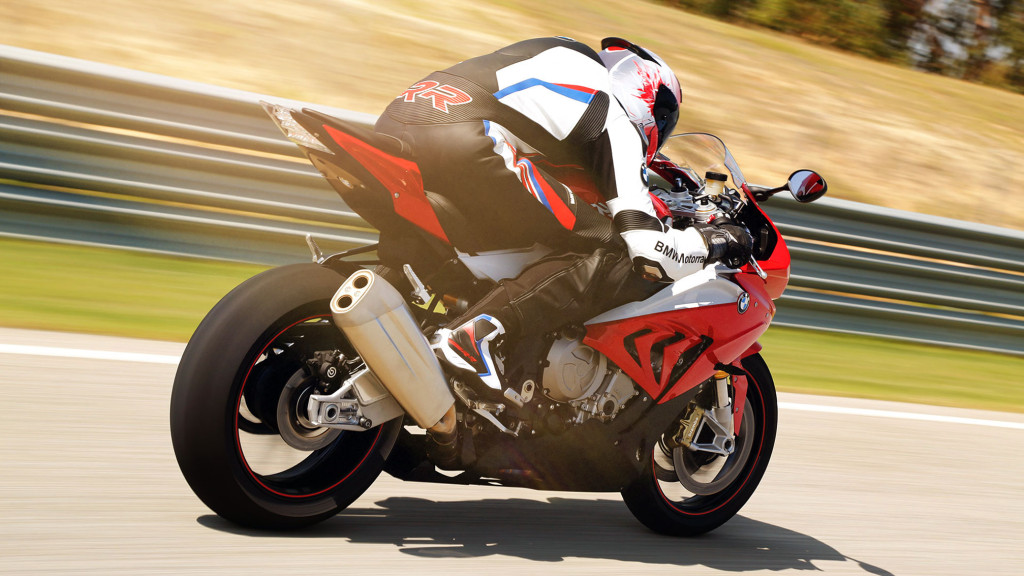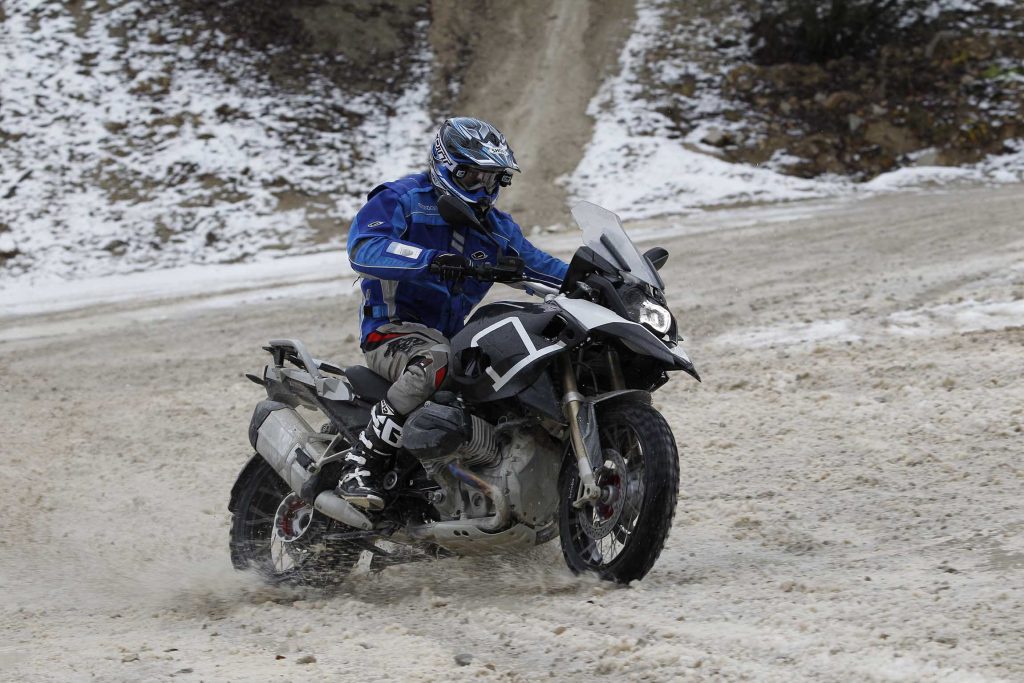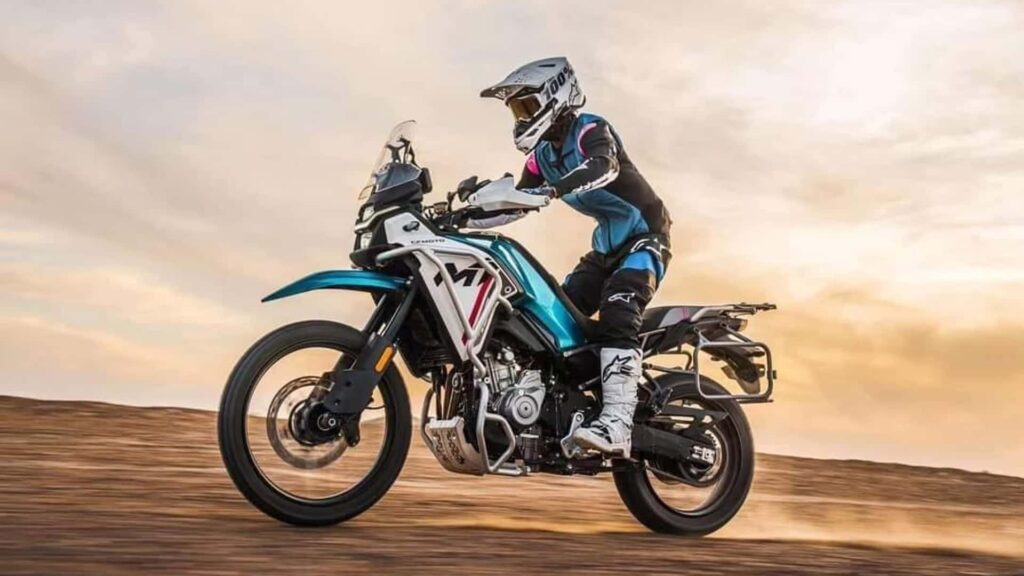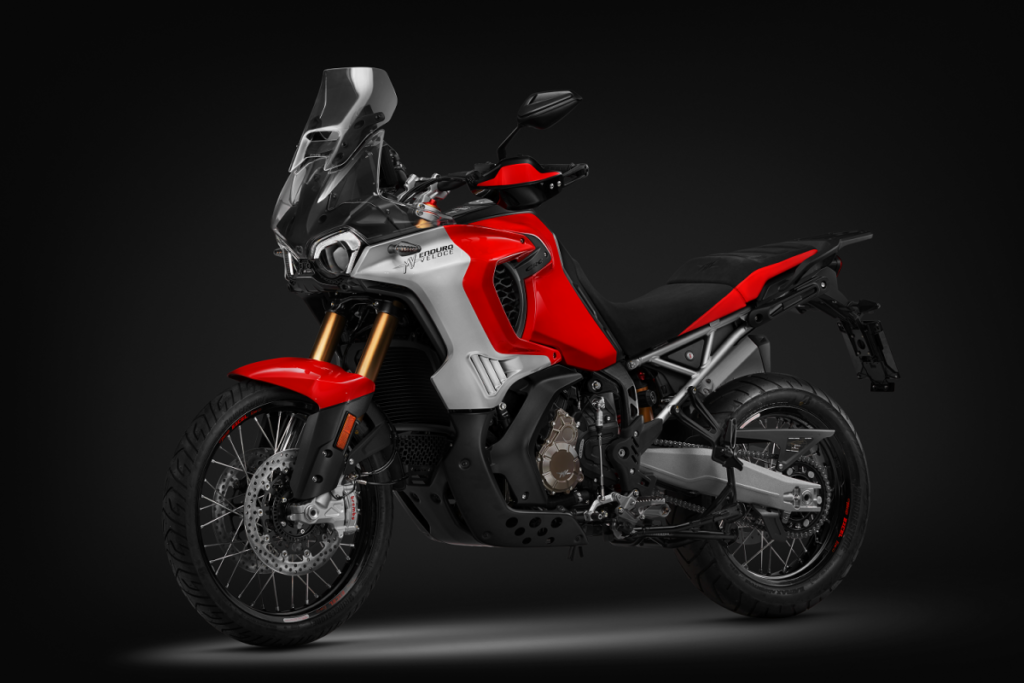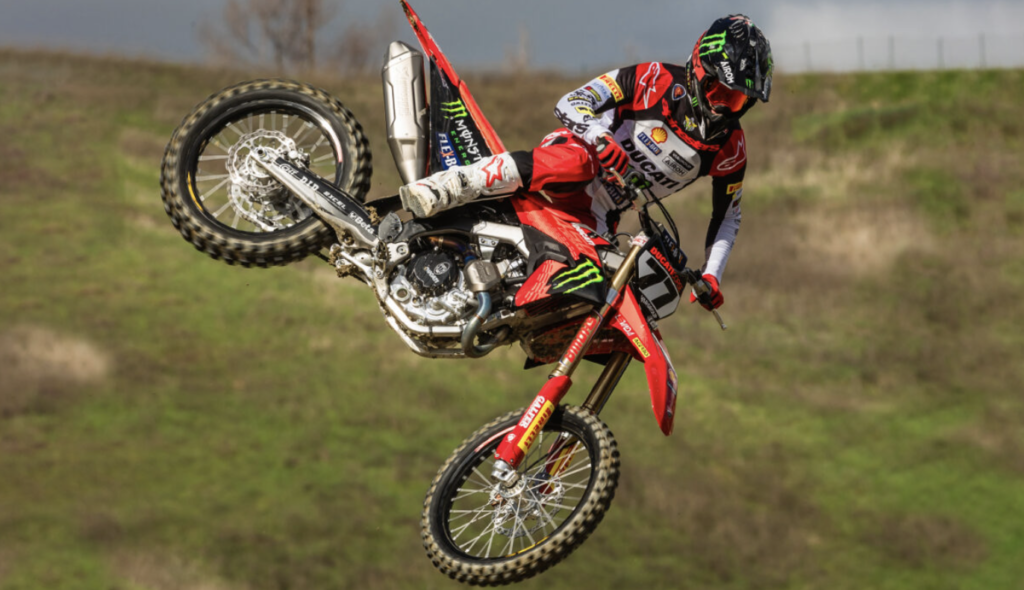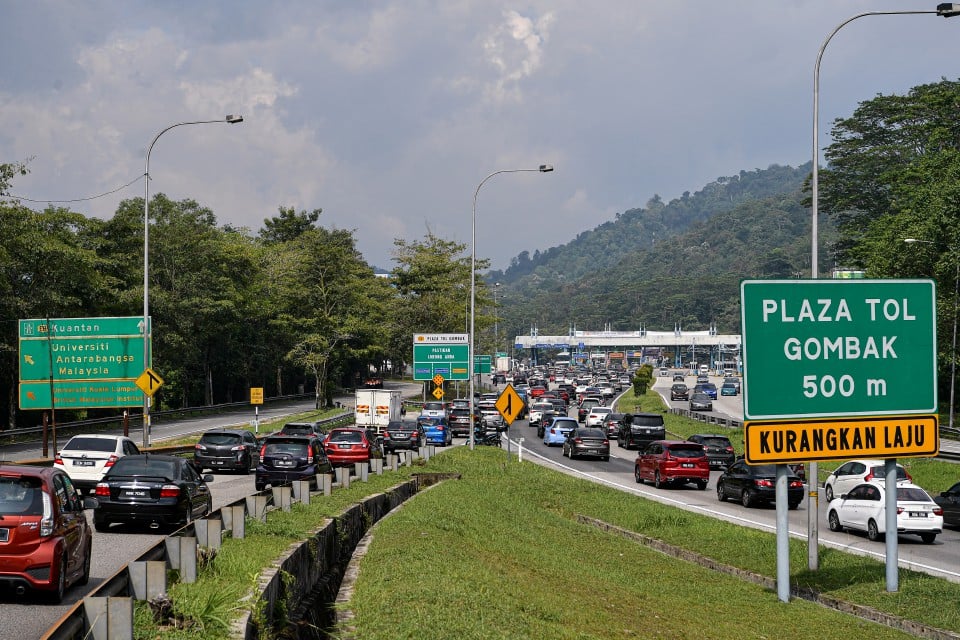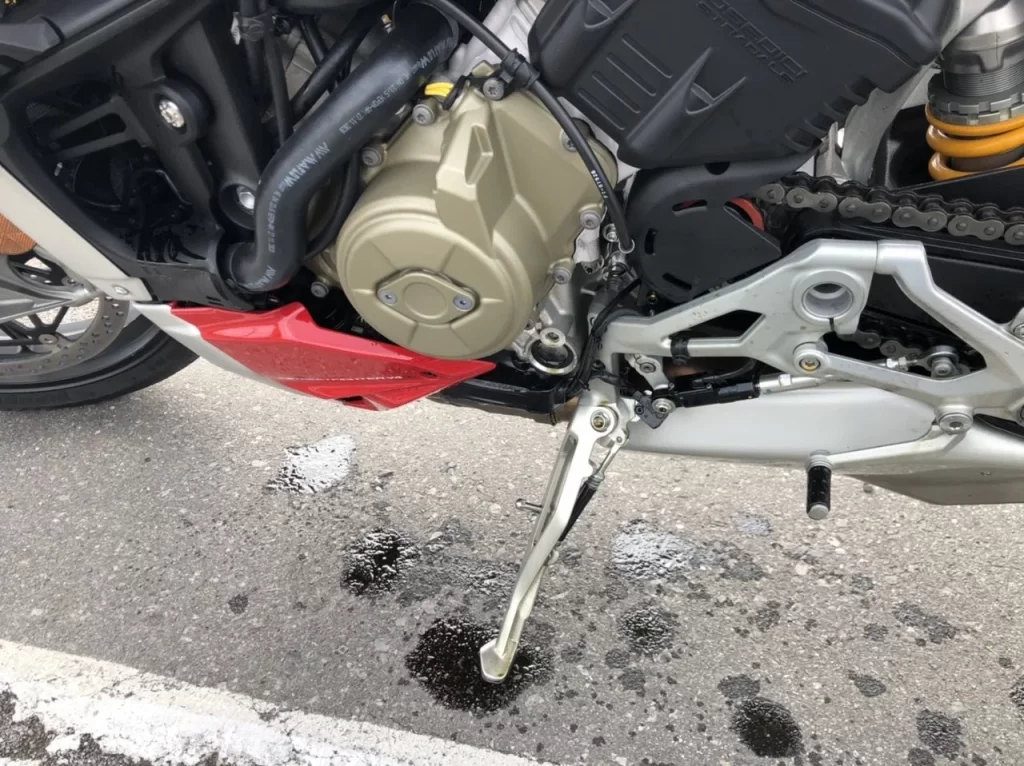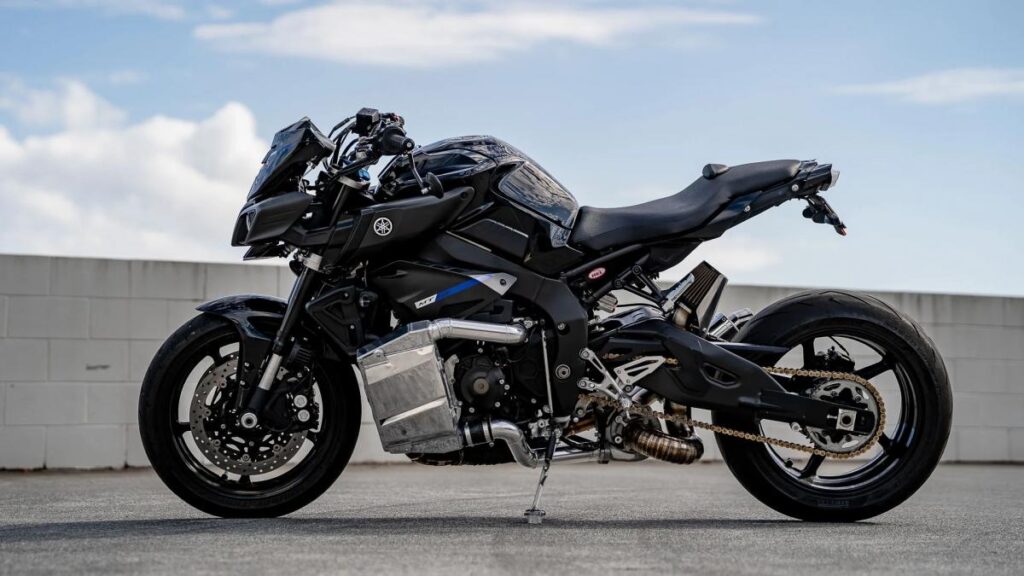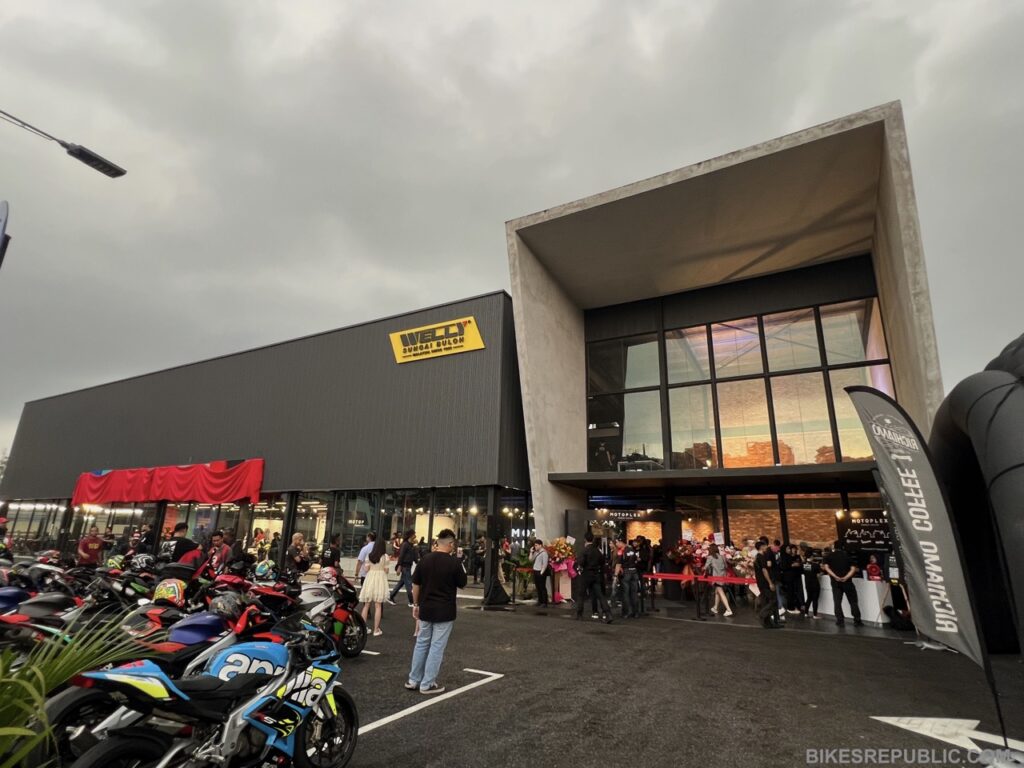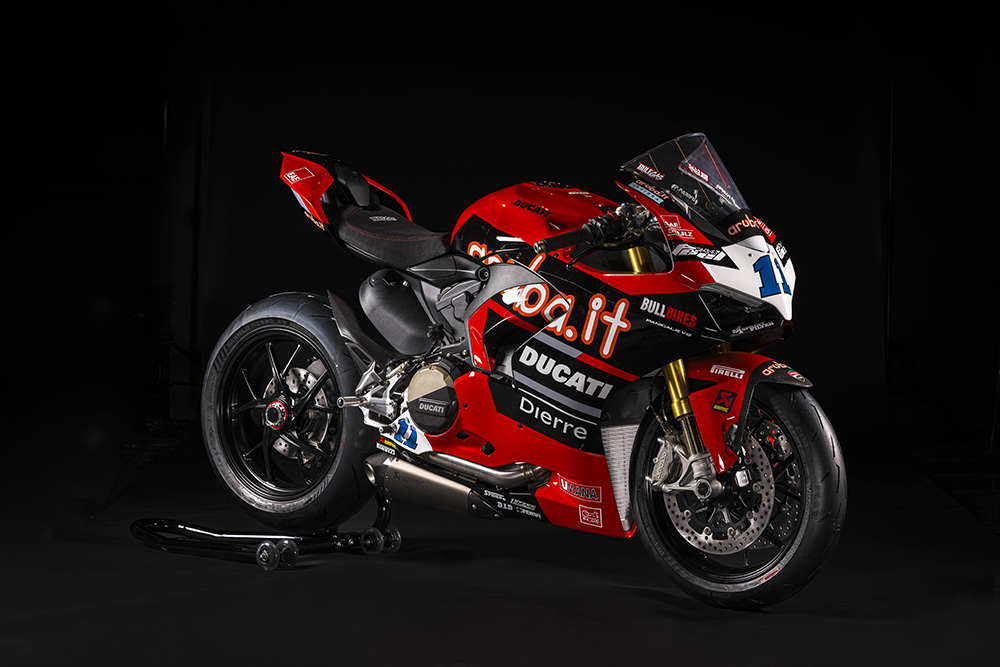Tips on how to use your entire body correctly whilst riding your bike.
It is a mantra constantly stressed at virtually every riding school you’ll attend throughout the world: The smoother you are, the faster you’ll go. This is why suspension setup is most important, as is the way a rider uses his body with it as well.
Essentially, if you’re fighting the bike and feeding unnecessary inputs into the chassis, any instability in the bike will only get worse, and the slower you’ll go. It’s also a reminder of why being relaxed even when riding aggressively helps immensely as speeds increase.
In effect, the rider becomes the bikes “second” suspension, using one’s own body to help soak up bumps that get past the real suspension, instead of becoming an additional input that only adds to the suspensions already difficult job of absorbing energy created by hitting rough spots on the road at speed.
A common recommendation is to ride with the balls of your feet (the front portion just behind ones toes) on the pegs, because it’s easier to change seating position.
You can use this positioning to your advantage when encountering rough road conditions by using your legs to take some of your weight off the seat; basically, raising your butt up just a bit so that your legs help absorb some of the bumps, and your body doesn’t become additional “unsprung” weight.
You’ll be amazed at how much this helps with the bike’s stability. Obviously, this requires good leg strength and can’t be done for long periods and it can’t be done while hanging off through a turn at a racetrack.
One other area where we see riders becoming too stiff is with their arms, especially during braking. Because you’re forced to support a lot of body weight with your arms during hard braking, a natural tendency is to try and lock your elbows to help support the weight.
The problem is that any bumps you encounter during braking will transfer directly to your upper body, not only making it difficult to maintain control of the bike but also unintentionally creating more steering inputs during a time when the front suspension is heavily loaded.
Locking your arms also makes it difficult to change your body position if necessary for an upcoming turn while braking. Try to keep your elbows slightly bent, so that you remain flexible to help absorb any big hits or bumps and change body position if required.
A common cause of tankslappers is leaning back from acceleration and becoming too stiff in the upper body area due to using the bars to support your weight; a death grip on the bars feeds additional inputs into the front end that can upset the steering geometry’s self centering balance over rough road conditions.
Here is where the off-road method of gripping the tank with your legs/knees can help keep your upper body flexible by using your legs and abdominal muscles to support your weight instead of your arms.
This allows one to make body positioning adjustments without putting excess pressure on the handlebars, as well as keeping your weight forward to help load the front end under acceleration. Your legs are more prepared to handle any sudden bumps that may occur.

